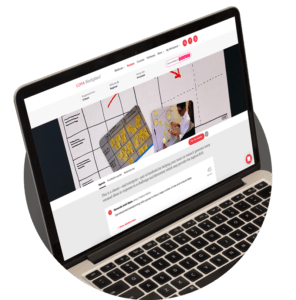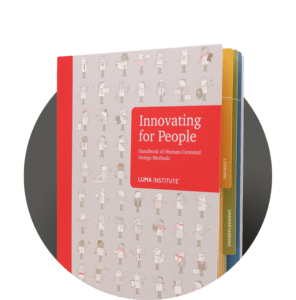Method overview
“What people say, what people do, and what they say they do are entirely different things,” observed influential anthropologist Margaret Mead. Following this wisdom, it is crucial that we pay attention to what people say and what people do in order to get a clear picture of what really happens. A Contextual Inquiry places you in the midst of a person’s environment where you can inquire about his or her experiences in context as they are happening. Consequently, input comes directly from the people who have the most knowledge, saving you from making assumptions about how and why things are done.
Even when you do have some background knowledge of a person’s role or situation, it helps to approach as a novice or to think of yourself as an apprentice. At the same time, bear in mind that you are trying to gather useful information for a specific purpose, so keep the design challenge in view as you interact with participants.
The benefits of this method
- Reveals what people actually do and say.
- Deepens your empathy for others.
- Challenges your assumptions.
- Builds credibility with stakeholders.

Quick guide
- Identify a location and the people to be involved.
- Prepare your questions and recording equipment.
- Go to the site.
- Introduce yourself and the purpose. Obtain consent.
- Ask the participants to do tasks in a normal way.
- Observe their actions in an unobtrusive manner.
- Interject questions at opportune moments.
- Record your findings in videos, photos, and notes.
- Thank each participant.
Helpful hints
- Ask people to do activities, not just give you a tour.
- Use more than one researcher to get multiple views.
- Stay focused on your goals, yet open to discovery.
Combining LUMA methods into design recipes
The methods in the LUMA System are great on their own, but they are really powerful when combined into design recipes. Just like when you combine ingredients to make a tasty meal, you can also combine design methods to address challenges such as improving workplace culture or uncovering customer insights.
An example of a recipe from LUMA Workplace®:


Want to learn more about LUMA methods?


